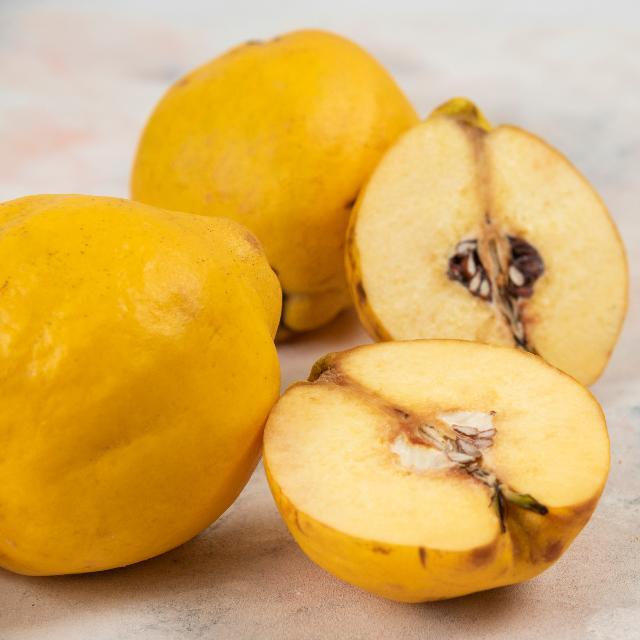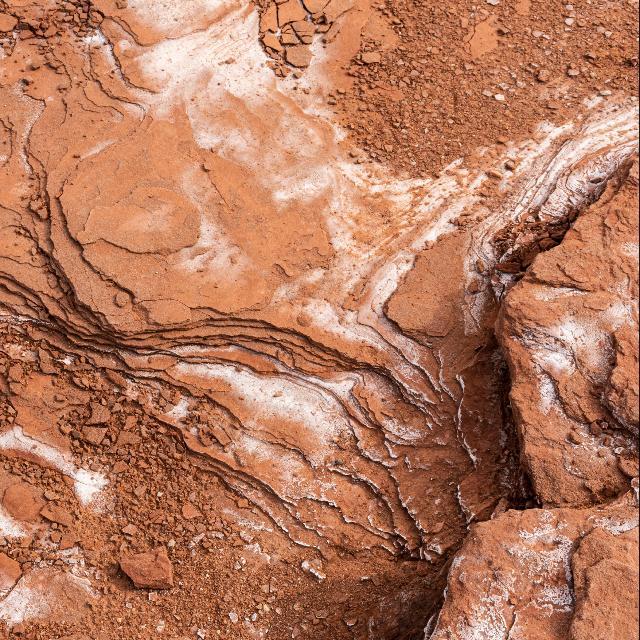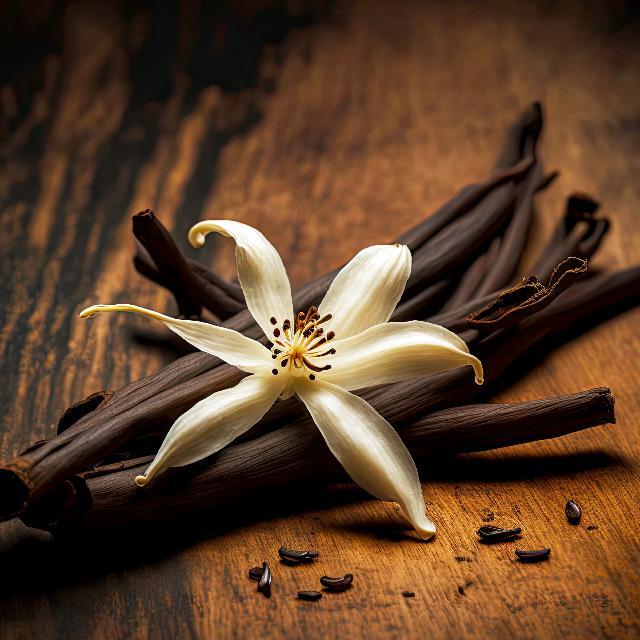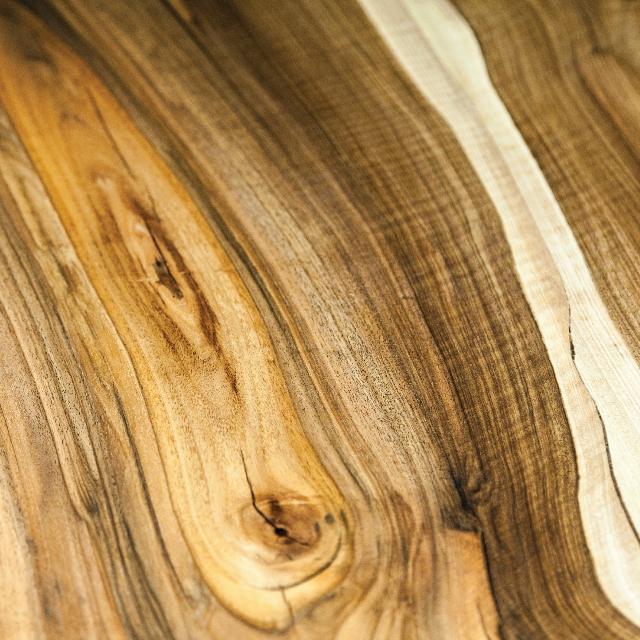A Bordeaux-style white wine from Elgin consisting of mostly Sémillon and a dash of Sauvignon Blanc. A rich and complex wine with earthy and quince characteristics, elegantly balanced with lingering mineral notes.
A classic blend of Sémillon and Sauvignon Blanc makes this wine the perfect food partner. We suggest seared tuna or sashimi.
A classic blend of Sémillon and Sauvignon Blanc makes this wine the perfect food partner. We suggest seared tuna or sashimi.
The Sémillon is planted on Shale soil while the Sauvignon Blanc is sourced from one of our vineyards planted on Table Mountain sandstone. The grapes were pressed and the resulting juice fermented in 225L 2nd and 3rd fill French oak barrels. Both cultivars are left on the lees separately before being blended prior to bottling.
Winemaker: Karlin Nel
Winemaker: Karlin Nel
Vrede en Lust was founded in 1688 by a Flemish Merchant called Jacques de Savoye. The Governor of the Cape allocated this farm to De Savoye, who fled Europe with his wife, Marie-Madeleine le Clerq, due to religious persecution. After 70 days at sea, they arrived in Table Bay on 26 April 1688 on the 160ft Oosterland. The scene shifts to the Drakenstein, sparsely populated with only 23 Dutch freeburgers having settled there before. The valley is majestically beautiful, though quite rugged, with dense forests, game, lion and leopard, and the only human inhabitants, some nomadic Khoi.
The pioneers lived in simple clay and reed homes. This is where De Savoye became the owner of a magnificent piece of land against the foothills of the Napoleonsberg (today known as the Simonsberg). He called his farm Vrede en Lust (Peace and Delight/Eagerness), nurturing visions of a rural paradise where he could spend his last days. He immediately started improving the 55 Ha of land that starts at the Bergrivier valley floor and runs up the eastern foothills of the majestic Simonsberg Mountain.
The pioneers lived in simple clay and reed homes. This is where De Savoye became the owner of a magnificent piece of land against the foothills of the Napoleonsberg (today known as the Simonsberg). He called his farm Vrede en Lust (Peace and Delight/Eagerness), nurturing visions of a rural paradise where he could spend his last days. He immediately started improving the 55 Ha of land that starts at the Bergrivier valley floor and runs up the eastern foothills of the majestic Simonsberg Mountain.












